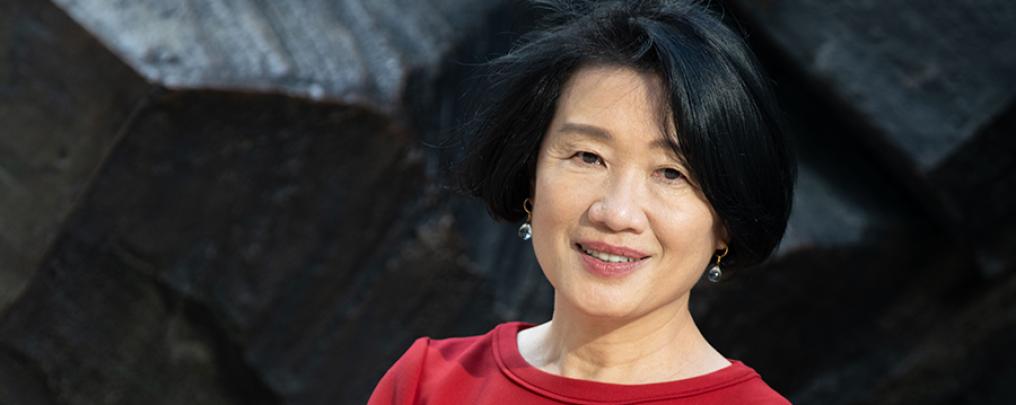Michelle Chow, Consultant, Withers, offers some key recommendations on fundraising best practice for charities.
Do you know the cost of running a charity? Depending on what the charity does, the monthly costs will vary. For instance, at Hong Kong Dog Rescue (HKDR), the cost of food and veterinary care for over 600 dogs and employing skeleton staff requires significant funding. Even though they have the help of many dedicated volunteers, they still have to constantly raise funds in order to maintain operations.
Many charities have suffered financially as they have been unable to hold any major fundraising events for over two years. Instead, they have had to rely on smaller-scale events and regular donors. Balancing their need for financial support while maintaining the best possible service quality for the general public is a daily challenge faced by many charities. With so many responsibilities, implementing good fundraising practice and governance can easily be neglected.
Fundraising best practice
There are some basic practices that charities must follow. After consultation with the Social Welfare Department, Hong Kong Council of Social Service and a number of large charities and public bodies in Hong Kong, the Independent Commission Against Corruption (ICAC) published a best practice checklist – Management of Charities and Fundraising Activities. The checklist provides insightful and practical guidelines on good governance and internal controls for charities in their fundraising activities. The key recommendations of the checklist are set out below.
Governance
A charity can be set up under a number of different legal structures, including as a trust, a society or a company. In this article, I will use the term ‘board’ for the governing body of the charity, and the term ‘directors’ to apply to the people who govern the charity, although, depending on the legal structure adopted, they may be called governors, executive committee members or trustees.
The charity's board, or the board’s fundraising committee, should oversee all fundraising activities. It should approve the objective and proposal of each fundraising activity, set a ceiling for the activity's administrative costs, account for the funds raised and monitor the usage of the donations to ensure accountability and fulfilment of the stated objectives . Finally, the board should assess the effectiveness and performance of the activities held.
Charities should establish a Code of Conduct (the Code) setting out the standard of behaviour required of the board and staff. The Code should include the following:
- guidelines on declaring and handling conflicts of interest
- a policy on accepting advantages (with relevant provisions of the Prevention of Bribery Ordinance), and
- notes on the use and protection of personal data and information (including details of donors and beneficiaries).
Responsibilities of the charity’s board
Directors are responsible for overseeing the overall operation of the charity. The standards that are expected from them include risk assessments and ensuring the charities are using donations for the purposes intended, in line with their governing documents, which may be the memorandum and articles of the charity, or the trust deed of a charitable trust.
Managing potential conflicts of interest
The board must also be aware of any possible conflicts in different situations. For instance, where fundraisers are engaged, they should be compensated with a salary or a fee. Commission or other payments based on the amount of funds raised is generally viewed as unethical by fundraising professionals. There is an inherent conflict of interest in percentage-based compensation as fundraisers may try to negotiate donations that will also benefit them personally.
Some leading overseas non-profit professional fundraising organisations prohibit their members from accepting percentage-based commissions. Other possible conflicts regarding fundraising include offering personal benefits to directors, or their close relatives, in return for a large donation to the charity in which they serve. All potential conflicts must be handled properly in accordance with the charity's Code of Conduct or internal policies.
Risk assessment
Risk assessment in connection with fundraising includes ensuring that obligations to protect the health and safety of employees and volunteers at fundraising activities are met. The directors also have a duty to ensure donations are not gained through any illegal or criminal behaviour. In exceptional circumstances, with careful consideration and valid reasons, the charity may refuse or return donations. It is important for larger charities to have a donation acceptance policy. For example, the board must carry out appropriate due diligence relative to the size and nature of the donation before accepting it.
Transparency and accountability
Charites should make their fundraising objectives and mission clear, and must only support charitable objects for which they are set up. Donors’ wishes must be respected and any restricted or designated donations should only be used for the purposes for which they are given. An accounting system that tracks designated donations should be established. Charities should prepare annual financial reports with applicable accounting standards issued by the Hong Kong Institute of Certified Public Accountants (HKICPA) from time to time. The cost-effectiveness of a charity's fundraising activities should also be reviewed regularly by its board.
What happens if the donation is not cash?
Charities can accept donations other than cash. That can be food, services or items of value. Charities must ensure the donors are the legal owners of the items donated and only accept them when appropriate. For example, HKDR has recently secured new premises. The design and building works will all require funding.
Receiving donations ‘in kind’ instead of cash is an important part of charities’ income. HKDR recently received a donation of a vast amount of old Chinese paintings. After careful consideration, they decided to sell them to make much needed funds and started selling the paintings at a reasonable price, until a pup’s adopter raised the possibility that the paintings may be worth millions of dollars. HKDR acted quickly and immediately put a stop to the sale and got a professional assessment of the paintings by an expert on a pro bono basis. As it turns out, the old paintings are original and valuable (though not by famous artists, which could have made them millions and enough to buy a new Homing Centre). Through HKDR’s quick reaction and adherence to its governance guideline, the organisation generated sufficient income as a result. This case signifies the importance for fundraisers to stay vigilant at all times.
In the meantime, HKDR is still working hard to fund the new centre. They are now in a dire situation trying to meet the demand with many people leaving Hong Kong and wanting to rehome their dogs. With good governance, hopefully they will achieve their fundraising goals soon!
Michelle Chow, Consultant
Withers



